Softwood vs. Hardwood: Market Dynamics and Trends
- September 9, 2024
- 0 comment
Softwood and hardwood are the two primary categories of wood used globally, each with distinct characteristics that define their applications and market demand. Softwood, derived from coniferous trees such as pine, spruce, and fir, is generally lighter and less dense. Hardwood, on the other hand, comes from deciduous trees like oak, maple, and walnut, known for their durability and rich textures.
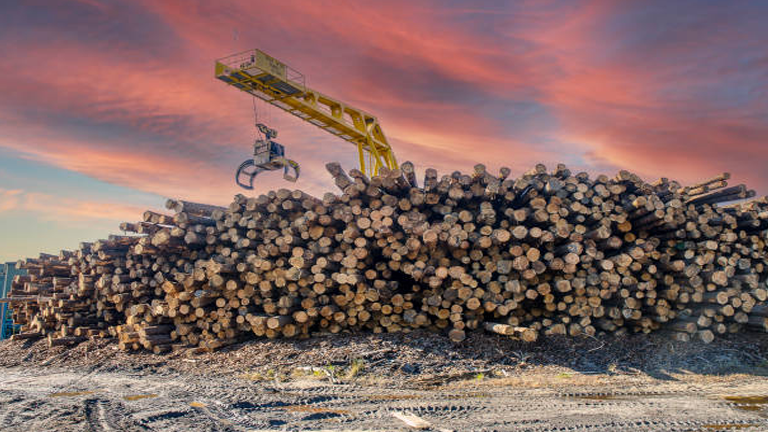
The global demand for both softwood and hardwood continues to rise, driven by their wide range of uses in construction, furniture making, and various industrial applications. Softwood is predominantly used in construction and paper products due to its ease of processing and fast growth rates, while hardwood is preferred for high-quality furniture, flooring, and decorative purposes. Understanding the market dynamics for these materials is crucial for stakeholders in the forestry industry, as it influences everything from forest management practices to global trade policies.
Table of Content
- Key Differences Between Softwood and Hardwood
- Global Production and Supply Chains
- Market Demand and Consumption Trends
- Pricing Dynamics and Influences
- Challenges and Opportunities in the Softwood and Hardwood Markets
- FAQs
Differences Between Softwood and Hardwood
The fundamental differences between softwood and hardwood extend beyond their botanical origins. Softwood trees typically have needle-like leaves and produce cones, while hardwood trees have broad leaves and produce seeds encased in fruits. Structurally, hardwood is denser and more durable than softwood, making it ideal for applications that require long-lasting materials.
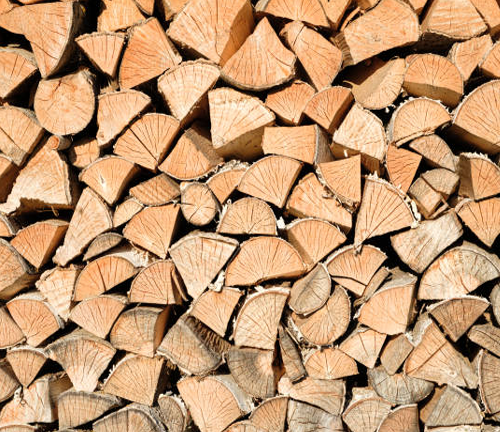
Softwood

Hardwood
The uses of softwood and hardwood vary significantly due to their structural properties. Softwood is commonly used in the construction industry for framing houses, making plywood, and producing paper products. Hardwood, with its strength and aesthetic appeal, is favored for making furniture, flooring, and high-end millwork. These differences in usage significantly influence market demand and pricing. Softwood, being more abundant and easier to cultivate, generally has a lower market price compared to hardwood, which is more expensive due to its density, slower growth, and higher demand for luxury products.
Global Production and Supply Chains
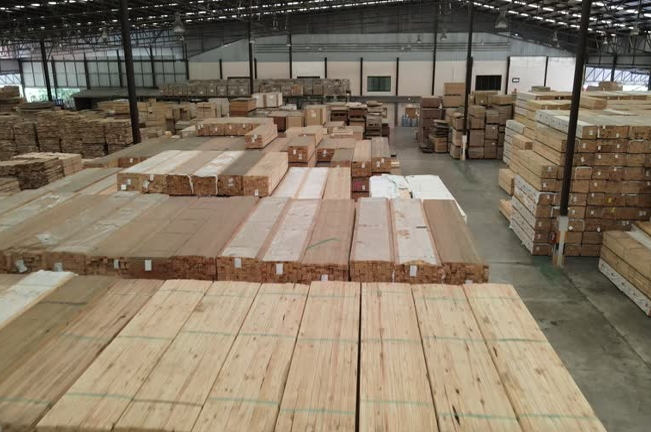
Softwood and hardwood production is concentrated in specific regions around the world, with some countries dominating the export markets. The United States, Canada, and Russia are major producers and exporters of softwood, thanks to their vast coniferous forests. Hardwood, on the other hand, is primarily produced in countries like Brazil, the United States, and parts of Southeast Asia, where diverse tropical and temperate forests thrive.
Sustainable forestry management practices are crucial in maintaining a steady supply of both softwood and hardwood. As demand for these resources grows, the pressure on forest ecosystems increases, necessitating responsible harvesting techniques and reforestation efforts. Regional supply variations also play a significant role in global markets. For instance, disruptions in production due to environmental factors, such as wildfires in softwood-producing regions or deforestation in hardwood-rich areas, can lead to significant fluctuations in global supply and prices.
Market Demand and Consumption Trends
The consumption trends for softwood and hardwood are shaped by various factors, including economic conditions, technological advancements, and consumer preferences. Softwood remains in high demand in the construction sector, particularly in North America and Europe, where wood-framed buildings are common. The rise in sustainable building practices has also boosted the demand for certified softwood products.
Hardwood consumption is closely tied to the furniture and interior design industries, where the aesthetic appeal of hardwood plays a crucial role. In recent years, there has been a growing consumer preference for environmentally friendly and sustainably sourced hardwood products, driven by increasing environmental awareness. This shift is influencing market trends, with a growing emphasis on certified hardwood that ensures sustainable forest management practices.
Pricing Dynamics and Influences
The pricing of softwood and hardwood is influenced by a complex interplay of factors, including supply-demand balance, transportation costs, and geopolitical events. Softwood prices tend to be more volatile, influenced by seasonal changes, logging restrictions, and natural disasters in key producing regions. Hardwood prices are generally more stable but are affected by long-term trends such as deforestation and changes in land use.
Historical price trends reveal the cyclical nature of the wood markets, with prices fluctuating in response to global economic conditions and trade policies. Tariffs and trade disputes, particularly between major producers and importers, can have a significant impact on wood prices. For example, tariffs on Canadian softwood lumber entering the United States have led to price increases and supply chain disruptions, affecting both producers and consumers.
Challenges and Opportunities in the Softwood and Hardwood Markets
The softwood and hardwood markets face several challenges, including supply chain disruptions, resource scarcity, and increasing regulatory pressures. Climate change poses a significant threat to forest ecosystems, potentially reducing the availability of both softwood and hardwood in the future. Additionally, the demand for sustainable and certified wood products is placing greater emphasis on responsible forestry practices, which can be both a challenge and an opportunity for the industry.
Opportunities for innovation and sustainability in these markets are emerging as key drivers for future growth. The development of engineered wood products, such as cross-laminated timber (CLT), offers new possibilities for using softwood in large-scale construction projects. In the hardwood market, advancements in wood treatment and preservation techniques are enhancing the durability and versatility of hardwood products. Companies that successfully navigate these challenges by adopting sustainable practices and embracing innovation are likely to thrive in the evolving market landscape.
Frequently Asked Questions (FAQs)
1. What are the main differences between softwood and hardwood?
Softwood comes from coniferous trees, which have needle-like leaves and produce cones. Hardwood is derived from deciduous trees, which have broad leaves and produce seeds encased in fruits. Softwood is generally lighter and less dense, making it ideal for construction and paper products, while hardwood is denser and more durable, commonly used for furniture and flooring.
2. What factors drive the demand for softwood and hardwood?
The demand for softwood is primarily driven by the construction industry, particularly in regions where wood-framed buildings are common, and by the paper manufacturing industry. Hardwood demand is driven by the furniture and interior design industries, where its durability and aesthetic appeal are highly valued.
3. Which countries are the largest producers of softwood and hardwood?
Major softwood producers include the United States, Canada, and Russia, known for their vast coniferous forests. Hardwood production is concentrated in countries like Brazil, the United States, and parts of Southeast Asia, where diverse tropical and temperate forests exist.
4. How do market dynamics differ between softwood and hardwood?
Softwood markets tend to be more volatile due to factors like seasonal changes, logging restrictions, and natural disasters. Hardwood markets are generally more stable but are influenced by long-term trends such as deforestation and land-use changes. Both markets are affected by supply-demand balances, trade policies, and environmental concerns.
5. What are the current trends in softwood and hardwood consumption?
Softwood consumption remains strong in the construction sector, with increasing demand for certified, sustainable wood products. Hardwood consumption is growing in the furniture and design industries, driven by consumer preferences for environmentally friendly and aesthetically pleasing products.
6. What challenges do the softwood and hardwood markets face?
Both markets face challenges such as supply chain disruptions, resource scarcity, and regulatory pressures. Climate change is a significant concern, as it affects forest ecosystems and wood availability. The demand for sustainable and certified products also places pressure on the industry to adopt responsible forestry practices.
7. What opportunities exist in the softwood and hardwood markets?
Opportunities include innovation in wood products, such as the development of engineered wood like cross-laminated timber (CLT), which expands softwood’s applications in construction. In the hardwood market, advancements in wood treatment and preservation techniques are creating new uses for hardwoods. Companies that embrace sustainability and innovation are well-positioned to succeed.
8. How do pricing dynamics differ between softwood and hardwood?
Softwood prices are more susceptible to short-term fluctuations due to factors like seasonal changes and trade policies. Hardwood prices are generally more stable but can be affected by long-term trends such as deforestation. Both markets are influenced by global economic conditions, transportation costs, and geopolitical events.
9. What is the future outlook for softwood and hardwood markets?
The demand for both softwood and hardwood is expected to remain strong, with growth in emerging markets and increasing global emphasis on sustainable materials. Technology and innovation will play critical roles in shaping future market dynamics, particularly in forest management and wood processing. Climate change and environmental regulations will continue to influence the availability and pricing of wood resources.
10. How can companies navigate the challenges in the softwood and hardwood markets?
Companies can navigate challenges by adopting sustainable forestry practices, investing in innovation, and staying informed about market trends and regulatory changes. Collaboration with industry stakeholders and embracing technology can also help companies adapt to the evolving market landscape.

Gilbert Griffin
Forestry AuthorGilbert Griffin is a forest management expert specializing in sustainable practices, forest health, conservation, and land management. With extensive knowledge in pest control, disease management, and habitat restoration, Gilbert develops strategies to preserve forest ecosystems and biodiversity. Passionate about the natural world, Gilbert adapts to changes in forest management and stays updated through continuous learning. Gilbert also provides seasonal advice to optimize forest care throughout the year.

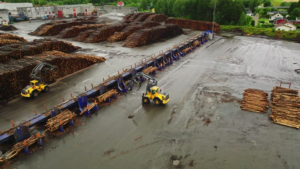


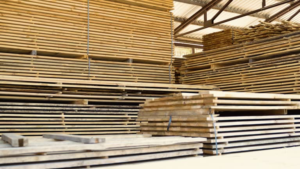
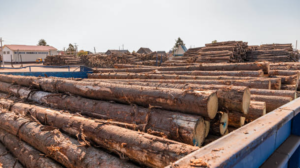
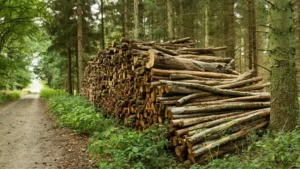
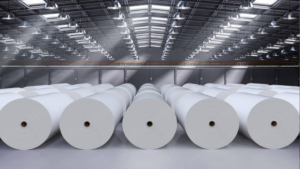

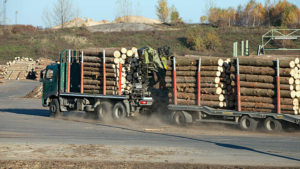

Leave your comment